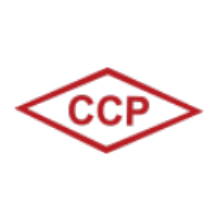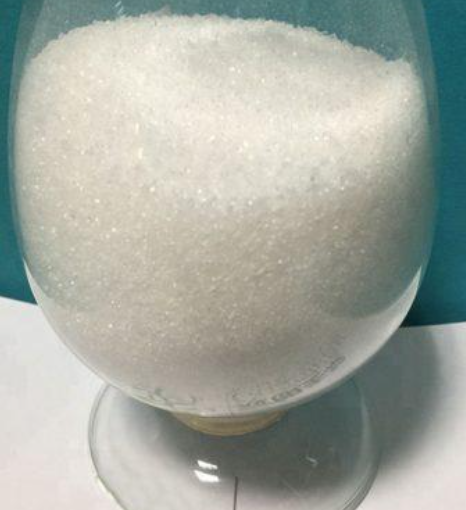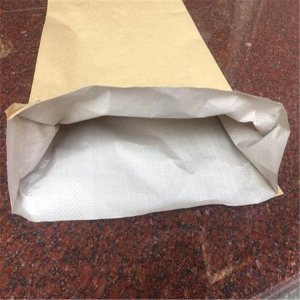Polyvinyl Alcohol
Market application:
Name: Polyvinyl alcohol
Abbreviation: PVA
The molecular composition and structure:
( CH3CHCOOCH3 )x ( CH2CHOH )y
in which: x + y indicates the degree of polymerization, y / (x + y) that alcoholysis degree
The physical and chemical properties:
Solubility:
The Polyvinyl alcohol powder can be dissolved in water. PVA with Less than 95%alcoholysis degree can be dissolved in water at room temperature and PVA with more than 99.5% alcoholysis degree can only be dissolved in hot water above 95℃.
Thermal Stability:
The heat can make PVA soften and there is no significant change below 40℃ but 160 ℃ or more, for a long time heated ,it will gradually be colored .when 220℃ above it is decomposed to produce water, acetic acid, acetaldehyde and propylene aldehyde.
Chemical Resistance:
PVA is almost free from weak acid, weak base, or the impact of organic solvents, oil is very high.
Storage Stability:
PVA is a low viscosity of the polymer, the solution is stable at room temperature. Aqueous solution in the storage process is not degenerate.
Film:
As the high adhesion between PVA molecular, PVA is easy to form a colorless, transparent film with good mechanical strength, smooth surface without tacky, and good solvent resistance. Monolayer has excellent light-admitting quality , high permeability rate, no charged, no absorption and good printing character .
The Chemical Property:
PVA can be seen as a linear polymer with a hydroxyl polymer. Hydroxyl of molecules which has high activity can be a typical chemical reaction of low-alcohol, such as esterification, etherification, acetal, etc and can also react with a number of inorganic compounds or organic compounds.
Polyvinyl alcohol (PVA) is a water-soluble polymer with a wide range of applications. PVA can quickly dissolve in water to form a stable colloid. Its performance is between plastic and rubber. In addition to being used as fiber raw materials, it is also widely used in the production of coatings, adhesives, paper processing agents, emulsifying agents, dispersants, films and other products. It is widely used in textile, food, medicine, construction Wood processing, papermaking, printing, agriculture, steel, polymer chemical industry and other industries.





























